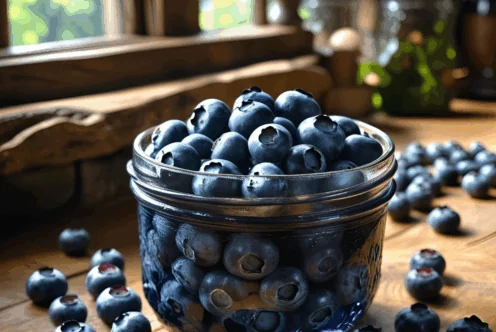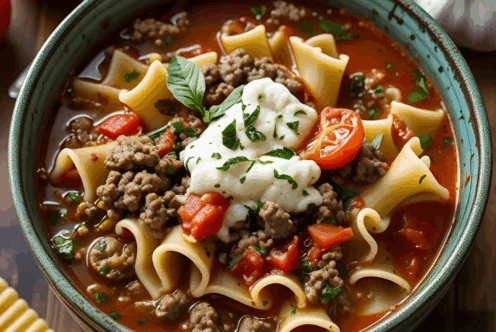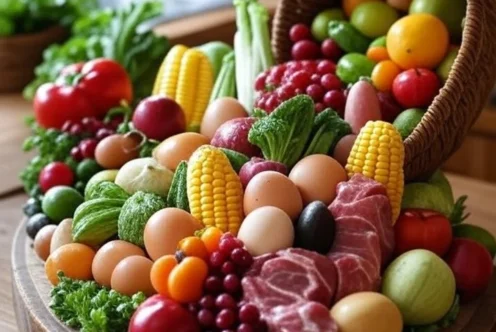Blog
Don’t Forget the Fruits and Veggies in School Lunches!
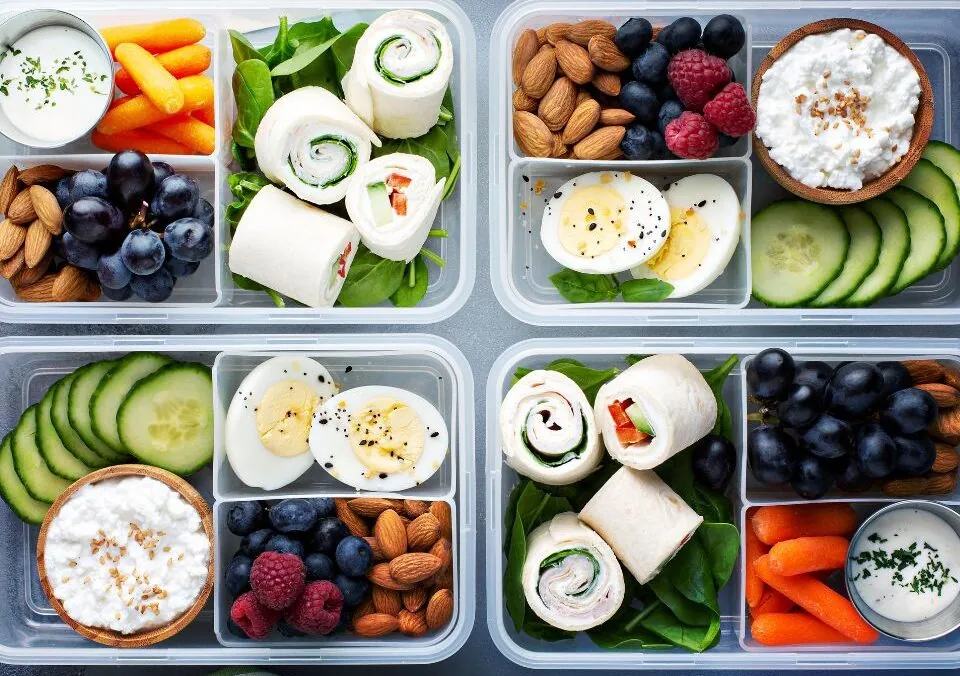
As the school season kicks off and kids file back into classrooms, packing school lunches once again becomes a daily ritual for many parents and guardians. It’s not just about convenience; it’s about nurturing our children with the critical nutrients they need to thrive during their busy school days. The foods we choose to pack can significantly impact their energy levels, concentration, and overall well-being. One essential component that should never be overlooked in this daily endeavor is the inclusion of fruits and vegetables.
The importance of fruits and vegetables in kids’ diets cannot be understated. A recent report revealed alarming statistics regarding the intake of fruits and vegetables among young children. According to the Centers for Disease Control and Prevention (CDC), children aged 1 to 5 years often fall short in their daily consumption of these essential food groups. Astonishingly, 32.1% of kids in this age group do not consume a single fruit on any given day, whereas 49.1% miss out on any vegetable intake altogether. While this data mainly highlights younger children, we can all agree that many older kids continue to struggle with embracing fruits and vegetables in their diets.
So, how can we as parents and caretakers encourage healthier eating habits in our children, particularly when it comes to the often-loathed fruits and vegetables? Registered dietitian Jennifer Hyland provides valuable insights and simple strategies that can help parents boost their kids’ intake of these important food groups.
Start with Small Portions
One of the most effective strategies is to start with small portions. Instead of overwhelming kids with an oversized serving of broccoli or a mountain of Brussels sprouts, offering a modest amount can help reduce intimidation. Kids are more likely to try a bite of roasted carrots or a few cherry tomatoes if they aren’t faced with a plate heaped with unfamiliar foods. This small-step approach helps normalize the experience, making it less daunting and more manageable for children.
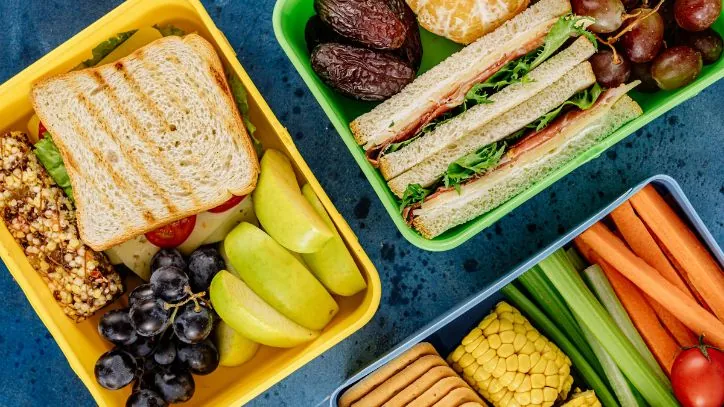
Serve Fruits and Vegetables Consistently
Consistency is key when it comes to dietary changes. Incorporating fruits and vegetables in every meal is essential; this repetition helps children adjust to seeing these foods as regular parts of their diet. Aim to include at least one fruit or vegetable in breakfast, lunch, and dinner. For instance, consider serving whole grain toast with sliced bananas in the morning, a salad or veggie sticks with lunch, and steamed green beans or a diced fruit cup at dinner. Over time, kids will begin to expect and accept these items as part of their everyday meals.
Start them Young
Introducing fruits and vegetables early in a child’s life creates opportunities for them to develop a positive relationship with these foods. Even if they don’t take to everything immediately, regular exposure can pave the way for healthier preferences later on. As noted by KidsHealth, early familiarity with fruits and veggies increases the chances that children will embrace these items as they grow older.
Be an Example
Children often mimic adult behaviors. If parents and guardians want their kids to eat their fruits and vegetables, it’s crucial to lead by example. When children see their parents reaching for apple slices instead of chips or broccoli instead of fries, they’re more likely to adopt similar habits. Make family meals a chance to showcase these foods, turning mealtime into an opportunity for shared experiences and healthy challenges.
Creative Ways to Incorporate Fruits and Vegetables
When packing school lunches, creativity can go a long way in making fruits and vegetables more appealing. Here are some fun and engaging ideas:
- Fruit Kabobs: Alternate pieces of fruit on skewers, including grapes, strawberries, melon, and pineapple. They can be fun for kids to eat and visually appealing.
- Veggie Dips: Cut up vegetables like carrots, cucumbers, and bell peppers and pair them with a small container of hummus or yogurt dip. Dips make veggies more enticing!
- Smoothies: Blend fruits and even some leafy greens into a smooth, tasty drink that can be frozen and packed for lunch.
- Bento Box: A bento box style lunch can diversify the food options and make eating more exciting. Include small portions of different fruits and vegetables, alongside whole grains and proteins.
- Fruit and Nut Butter Roll-ups: Spread almond or peanut butter on a whole grain tortilla, lay down banana slices, roll it up, and slice into pinwheels.
- Mini Veggie Muffins: Homemade muffins can incorporate grated carrots or zucchini, making for a sweet snack that’s also veggie-packed.
Local Produce: The Arizona Advantage
For those living in Arizona, the availability of fresh, local fruits and vegetables is a tremendous advantage. The state’s agriculture thrives on its ability to produce a variety of nutrient-rich foods. When grocery shopping, look for the Arizona Grown label, which identifies locally produced fruits and vegetables. Purchasing locally not only supports local farmers but also often results in fresher produce, which is more nutritious and tastier. Farmers’ markets and local grocers can provide an abundance of seasonal fruits and vegetables that can be incorporated into school lunches.
Tips for Packing Healthy School Lunches
Packing a nutritious lunch doesn’t have to feel like a chore. Here are some practical tips to streamline the process:
- Plan Ahead: Dedicate some time weekly to plan lunches. Creating a menu can save time and ensure variety.
- Involve the Kids: Allowing your children to help pack their lunches can foster engagement and excitement about what they’re eating. They can choose their favorite fruits and vegetables to include.
- Use Leftovers: Repurpose leftovers creatively. If you make a stir-fry for dinner, consider packing extra broccoli and carrots in a container for lunch the next day.
- Prep in Batches: Consider washing and cutting fruits and vegetables in advance. Store them in clear, easy-to-access containers in the fridge.
- Invest in Good Containers: High-quality containers keep food fresh and prevent squishing during transport.
Recognizing Picky Eating
One common hurdle parents face is dealing with picky eaters. Children often go through phases of being particular about their food choices. Recognizing that this is a normal part of their development can help reduce frustration. According to HealthyChildren.org, it’s important to keep offering a variety of foods, even if they refuse them multiple times; it can take many exposures before children warm up to new foods.
Celebrate Progress
Every small victory counts, whether it’s a child trying a new vegetable or finishing a full serving of fruit. Celebrate these moments! Positive reinforcement and encouragement can motivate kids to continue to explore and accept different foods. Creating a family culture around healthy eating and making it a fun process can lead to lasting habits.
Conclusion
Packing fruits and vegetables into your child’s school lunches is more than just a dietary requirement; it’s a vital step in promoting their overall health and well-being. By implementing strategies such as starting with small portions, offering consistency, and leading by example, you can significantly enhance your child’s acceptance of these essential foods.
As you embark on this school year with your kids, remember that the fruits and veggies you include in their lunches can lay the groundwork for a lifetime of healthy eating habits. Celebrate local produce, make mealtime fun, and most importantly, enjoy the process as you introduce your children to the wonderful world of nutritious foods. For more articles on kids and nutrition, consider visiting the Fill Your Plate blog.
By making a concerted effort to include fruits and vegetables in school lunches, you’re ensuring that your children are not just fed but truly nourished. Happy packing!
By Heide Kennedy, Arizona Farm Bureau Communications Intern














